If you’ve ever found yourself looking for a 12-volt battery for your car, boat, golf cart, or battery bank you’re probably overwhelmed with the sheer number of options available to you.
I certainly was when I was shopping around for some deep cycle batteries for my battery bank.
There are many nuances and dozens and dozens of variables and options depending on each and every aspect of a battery label that you’re looking at.
I’m going to cover a real battery example in this article the basics. Hopefully, you’ll leave with a solid understanding of what you’re looking at as you shop around.
Our Example of a Deep Cycle Battery
As you can see below, we will be looking at a Duracell AGM Golf Cart Battery. I chose this one because it had so many things listed in its description and I thought it would be a perfect example to explain everything.
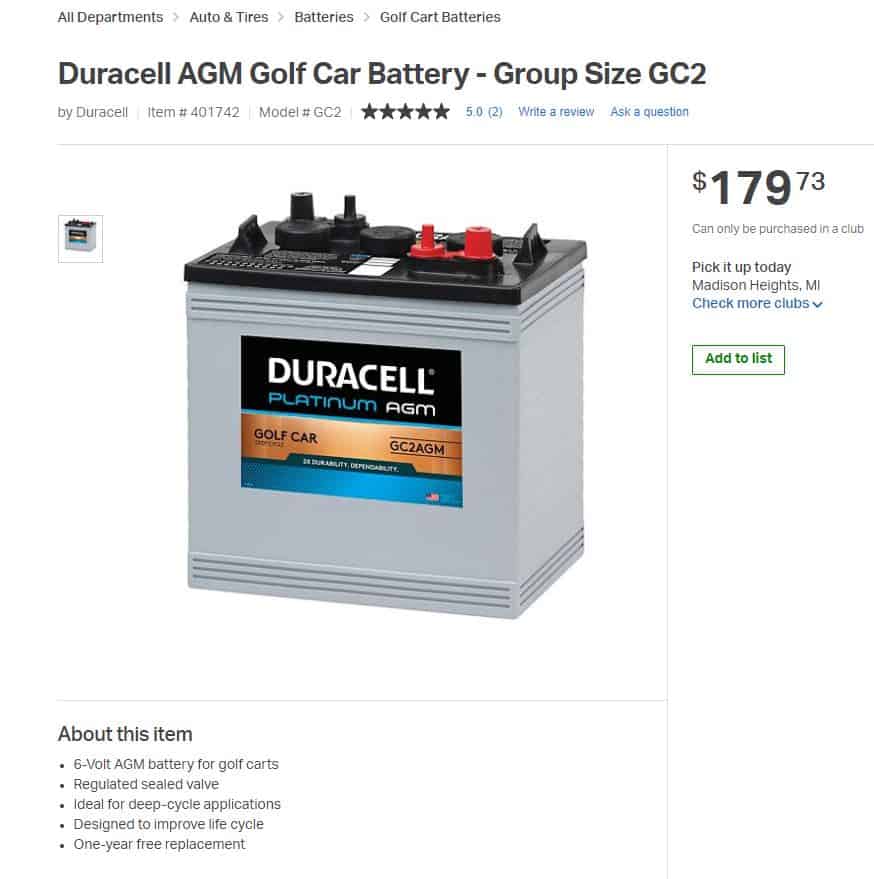
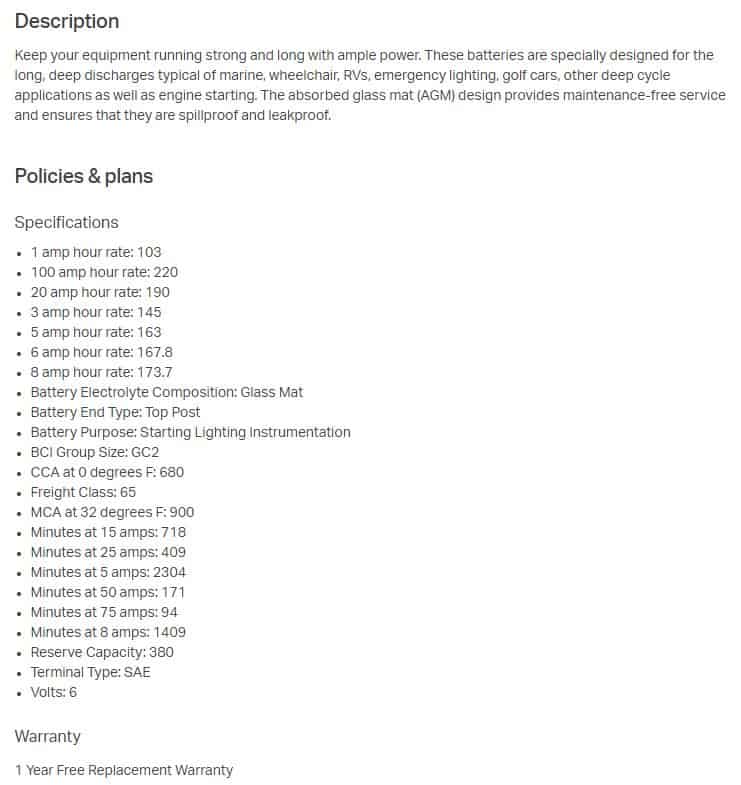
Amp Hours
Amp-hours (AH) is the focal point of the conversation when it comes to selecting the right battery (all things being equal).
Amp-hours is the number that everyone uses to compare and contrast batteries within the same voltage.
Amp-hours are the number of hours that a battery can release a particular amp rating for a particular amount of time.
The relationship between how many amps a battery gives and the amount of time is NOT linear!
By this, I mean that you can have multiple amp-hour ratings for the same battery if you simply change the amount of time the battery is being tested for.
Let’s look at the example pic at the beginning of this article. It is for an actual battery and you can see that it gives 7 different amp-hour ratings for the first 7 bullet points. If you’re new to this, you are probably confused.
Think of a battery like a middle-distance runner and you want to brag about his talents. You could say that your runners’ time is 4 minutes for 1 mile (4 laps) around a track. When comparing his time to everyone else’s mile times, you are getting a certain view of his performance when compared to theirs.
However, if you didn’t specify the distance, you would have completely inaccurate information. Let’s say you simply said that your runner’s time is 4 minutes and someone else said that their runner’s time was 7 minutes and 50 seconds.
You’d naturally think that your runner was faster.
That is until you found out that the 7-minute and 50-second runner was actually running 2 miles (8 laps) and clearly has better speed and endurance than your runner.
So, your runner could have various different benchmark times (like a battery has many different amp-hour ratings) and it is totally dependent upon the distance being run (or time being tested for batteries). There could be a time of 4 minutes for the mile, 1 minute and 55 seconds for the half-mile, 50 seconds for the quarter-mile, or 11 seconds for a 100-yard dash.
When reading an amp-hour rating, you need to know the time that it was rated for. If the time isn’t specified it is assumed to be 20 hours which is the industry standard.
How to read Amp Hours on the Battery Sticker:
In the picture of the battery stats, we’ll just look at the first 3 bullet points to get the hang of it.
They read:
- 1 amp hour rate: 103
- 100 amp hour rate: 220
- 20 amp hour rate: 190
When reading these, read it like this:
- If I ran the battery to its maximum potential so it lasted for only 1 hour until it died, I would get 103 amps.
- If I ran the battery to its maximum potential so the battery would die after 100 hours, I would get 2.2 amps per hour for a total of 220 amps. (2.2 * 100 = 220)
- If I ran the battery to its maximum potential so that the battery would die after 20 hours, I would get 9.5 amps per hour for a total of 190 amps. (9.5 * 20 = 190)
Even though 7 separate amp-hour ratings are given for the battery that we’re looking at in this article, it would be common for someone to say that this battery is rated at 190AH. This is because 190AH is at the 20-hour rate.
Electrolyte Composition
What this is letting you know is what the liquid (electrolyte) inside the battery looks like. I’m only going to be covering lead-acid batteries in this article. For lead-acid batteries, you could have the following:
- Flooded Lead Acid
- Sealed Lead Acid (SLA) – 2 types
- Gel (or Gel Cell)
- AGM (Absorbed Glass Mat)
Flooded Lead Acid
Flooded Lead Acid batteries have lead plates that are submerged in an actual liquid electrolyte which is composed of 3/4 water and 1/4 sulfuric acid. These batteries are the least sensitive to overcharging and can have water added to the electrolyte if it gets low through charging or overcharging.
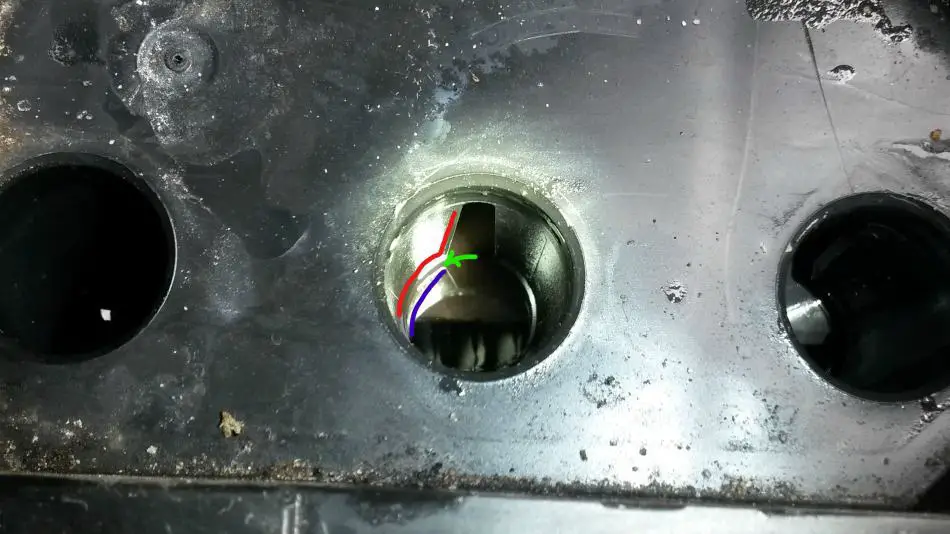
Flooded lead-acid batteries will generally be the cheapest with all things being equal. They will require some maintenance though and there is always the risk of having something happen with the battery acid.
Sealed Lead Acid
Even though these batteries are “sealed” and “maintenance free”, these batteries still have a one-way valve that allows gasses to vent out if the batteries are being charged too rapidly or overcharged.
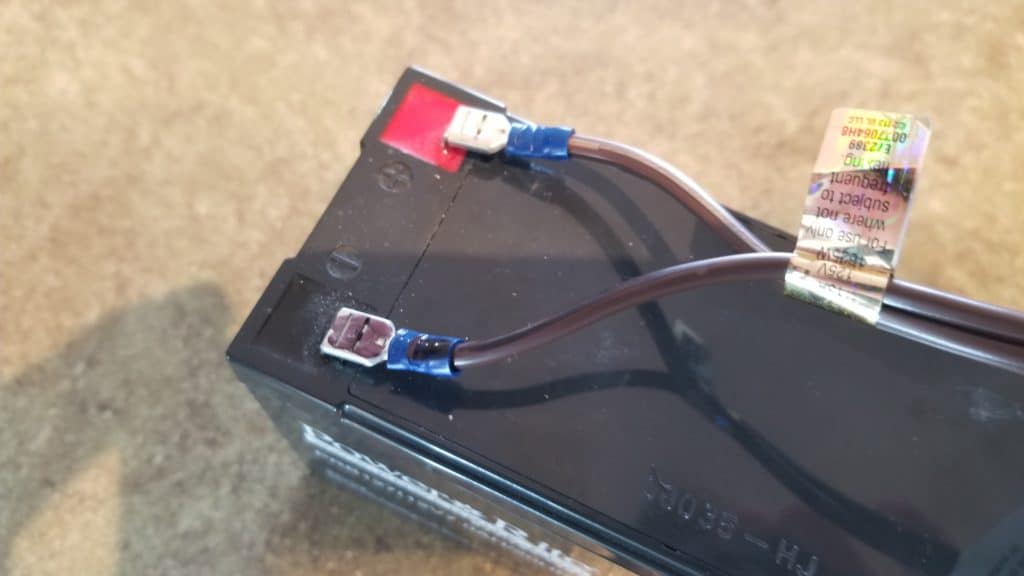
If charged at appropriate levels, these batteries should not vent at all and will recombine the hydrogen and oxygen back into the electrolyte that is normally released during the charging process.
Gel Cell batteries have an electrolyte that is mixed with silica to make it a – you guessed it – gel. This gel is suspended like silicone between the plates. Gel cell batteries are the most sensitive to overcharging and require a low rate of charge.
Rapidly charging the batteries passed the point of their absorption rate can cause bubbles to form in the gel (decreases conductivity) and electrolyte to evaporate and vent out.
AGM batteries are the most efficient of the lead-acid batteries and have their electrolyte impregnated in very fine fiberglass mats that are tightly packed between the lead plates. These are also sensitive to overcharging but not as much as Gel.
AGM would be considered the cream of the crop and are the safest of all of the lead-acid batteries, but will generally run 3-4 times more expensive with all things being equal.
Battery End Type
This is simply letting you know where on the battery the terminals are located. Some batteries have terminals on their side, some on top. In our example, these say “Top Post”, so the posts (terminals) are located on the top of the battery.
BCI Group Size (Battery Council International)
Typically, when you hear people talking about deep-cycle batteries, you will hear them talking about group 29, 30 or group 31 batteries.
There are dozens and dozens of group sizes and here is a link to many of them from batteryequivalents.com.
All that the group size is referring to are the physical dimensions of the battery — the length, width, and height. There really is no rhyme or reason behind each group number and the physical dimensions. You would think that a group 98R battery would be larger than a group 65 battery, but it simply isn’t.
Some are taller, some are wider, some are longer, or a combination of the three. That’s why we generally look at the AH (amp-hour) rating for the best battery if finding a particular physical size is not critical.
Group numbers also dictate which side of the battery the positive and negative terminals are located (polarity).
Group sizes are also typically associated with certain applications. These can be broken down into:
- Auto
- Commercial
- Golf Cart
- Utility
CCA
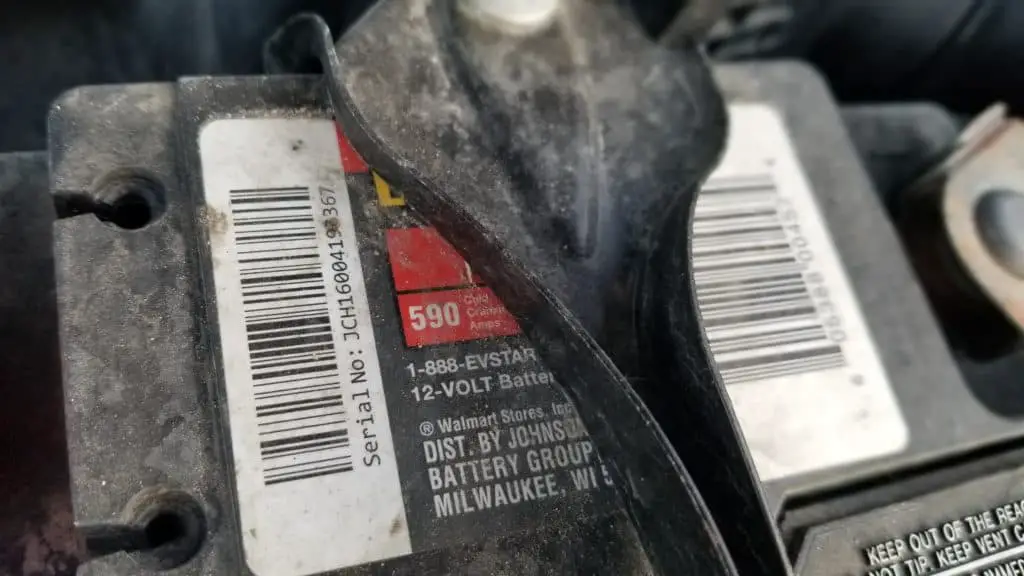
In our battery, you see that CCA are listed and this stands for Cold Cranking Amps. CA would stand for cranking amps.
Essentially, this is the strength of the battery when starting an engine in cold weather. The higher the number, the better it is at this task, and batteries generally run 350-600CCA.
CCA will always be lower than the CA rating on the same battery because batteries do not perform as well as the temperature gets colder.
Cold-cranking amps measure how many amps a battery can release at 0 degrees Fahrenheit for 30 seconds and still keep the terminal voltage of at least 7.2.
Generally, true deep cycle batteries will have lower CCA and CA ratings than car batteries since car batteries are specifically engineered to have a higher rating since their only function is to start the car and smooth out the voltage as the car runs.
Car batteries are easily damaged if they are deep-cycled, whereas deep-cycle batteries were designed for that exact purpose.
If you’re getting a battery specifically to start an engine of some sort, you really only need to buy the CCA or CA that the engine is rated for (unless you’ve added aftermarket accessories which will increase the electrical draw upon startup). Buying additional CCA or CA isn’t necessary.
MCA (aka: CA)
MCA stands for marine cranking amps (aka Cranking Amps). Marine Cranking Amps measure how many amps a battery can release at 32 degrees Fahrenheit for 30 seconds and still keep a terminal voltage of at least 7.2.
Again, the higher the number the better as far as starting an engine.
There is no direct relationship between CCA/MCA and AH.
Minutes at “X” Amps
This is just another way of looking at Amp-Hours but inverted.
Remember earlier in this article when we covered amp-hours and we said you had a runner who could run a 4-minute mile?
When we’re talking about “Minutes at ‘X’ Amps”, think of it like saying that your runner can do 15 miles per hour for 4 laps.
15 miles per hour is 60 seconds per lap. 60 seconds for 4 laps is still a 4-minute mile.
At the 20 hour rate, our battery has an AH rating of 190. That means it can do 9.5 amps per hour for for 20 hours.
The closest thing to it is “Minutes at 8 amps: 1409”. Since 8 amps are lower than 9.5, we’d expect to get a little more than 20 hours of use.
1409 minutes / 60 minutes per hour = 23.48 hours.
So, you could also say that this battery has an AH rating of “23.48 amp hour rate: 187.87“.
Reserve Capacity
Reserve Capacity is how long in minutes a battery can run a trolling motor (boat) at 25 amps until it drains down to an open circuit voltage of 10.5 volts (dead).
This number is important to know if you plan on using it in a vehicle and gives you an idea of how long you could drive if your alternator were to fail and cease the charging of your battery.
You can increase the time that you’re able to drive by disconnecting unimportant accessories or powering them off (radio, interior lights, AC, etc.).
If you have the reserve capacity but lack the amp hours, you can get a ballpark estimate with the following equation:
(Minutes Given on the Battery * Rated Amps) / 60 minutes per hour = AH
If the rated amps are not given, use 25 since that is the industry standard.
So if a battery said “80 Amp Rating 115 Minutes”, we’d do the following:
(80 * 115)/60 = 153.3AH
Also, if your battery simply said “RC Minutes 225”, we’d the following:
(225 * 25)/60 = 93.75AH
Terminal Type:
Our battery in this example says that the terminal type is SAE. SAE stands for Society of Automotive Engineers and is the American standard for battery terminal type.
The amount of terminal types is probably as numerous as the number of group sizes. We’re talking dozens and dozens.
Some you clamp onto, some you screw into, some you place a bolt through, some you use an F1 or F2 connector, some you use lugs with wingnuts. The list goes on.
If you look at the stock photo of the battery in our example, you can see the red and black covers over the terminal posts. There is a wider post in each color and a narrower post in each color.
An SAE terminal type should just have the terminal posts that look like the wider ones.
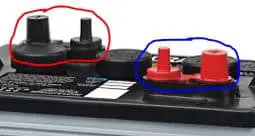
SAE being listed for this battery would technically be inaccurate (assuming the stock photo is correct), and it would instead be a dual post terminal (marine terminal) which has an SAE and a threaded post for both the positive and negative terminals.
Volts
Finally, we have volts. You’ll generally see 6-volts and 8-volts with Golf Cart batteries, or 12 and 24-volt batteries for auto, marine, commercial.
Your car is likely 12-volts unless you have a very old (pre-1960’s) car.
If you have 2 golf cart batteries (GC2 group size) you can hook them up in series to effectively create a 12-volt battery. If you do so, the amp hours will remain the same, but the voltage will double from 6 to 12.
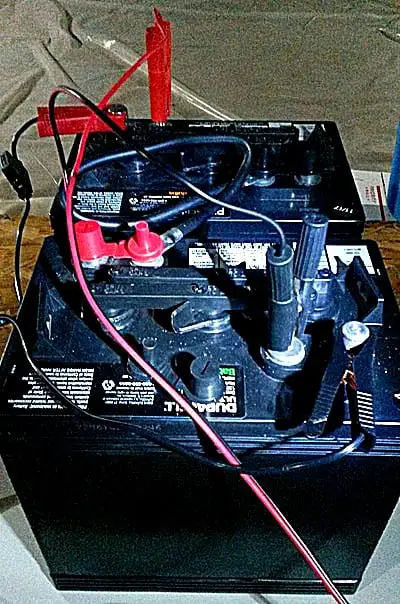
Hooking up batteries in parallel will keep the voltage the same but will double the amp hours.

